Jellyfish Hall of Fame
Ahead of World Jellyfish Day on November 3rd, we wanted to showcase some of the incredible jellyfish species that can be found at Sandwood Bay!
Barrel Jellyfish
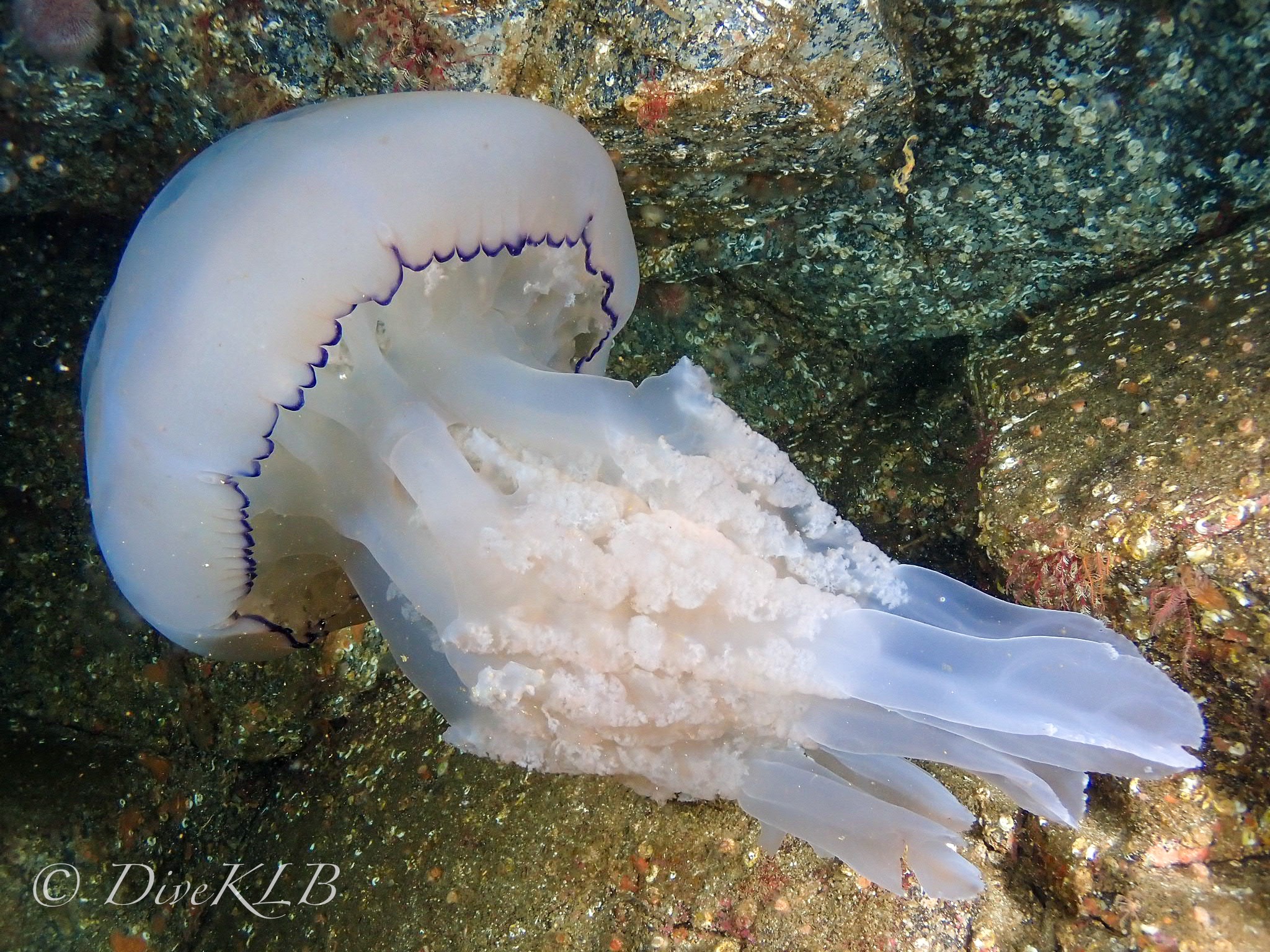
First up is the barrel jellyfish, the largest species of jellyfish that can be found in the UK! The bell can be up to 90cm across and they can weigh up to 35kg.
As they are so big, one of the only predators of the Barrel jellyfish is the largest sea turtle in the world, the leatherback turtle.
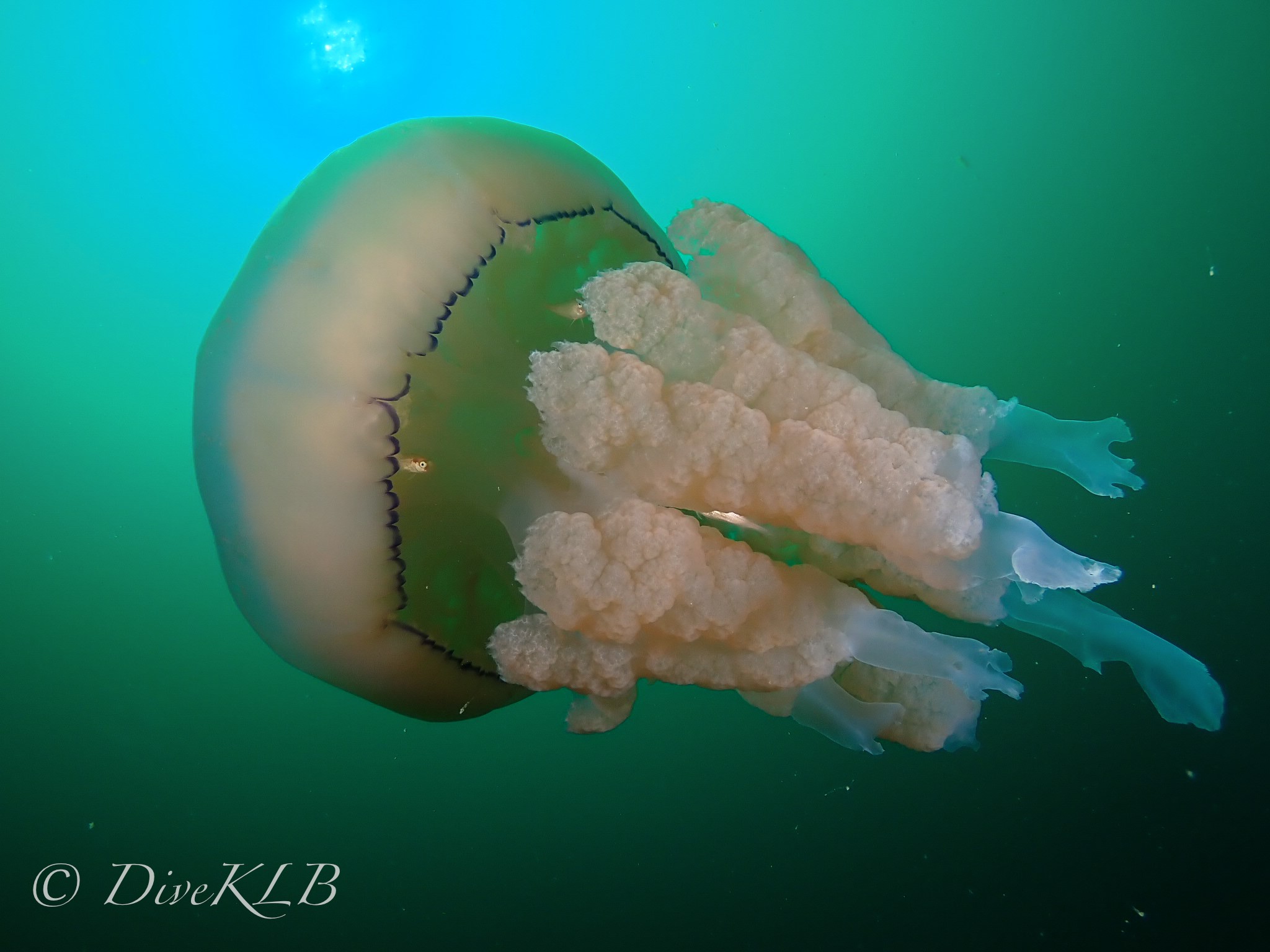 You can identify them by their huge mushroom shaped bell and with a violet fringe around the base which contains sense organs.
You can identify them by their huge mushroom shaped bell and with a violet fringe around the base which contains sense organs.
They have a bunch of around 8 frilly arms which contain small stinging tentacles and surround hundreds of little mouths.
Stalk Jellyfish
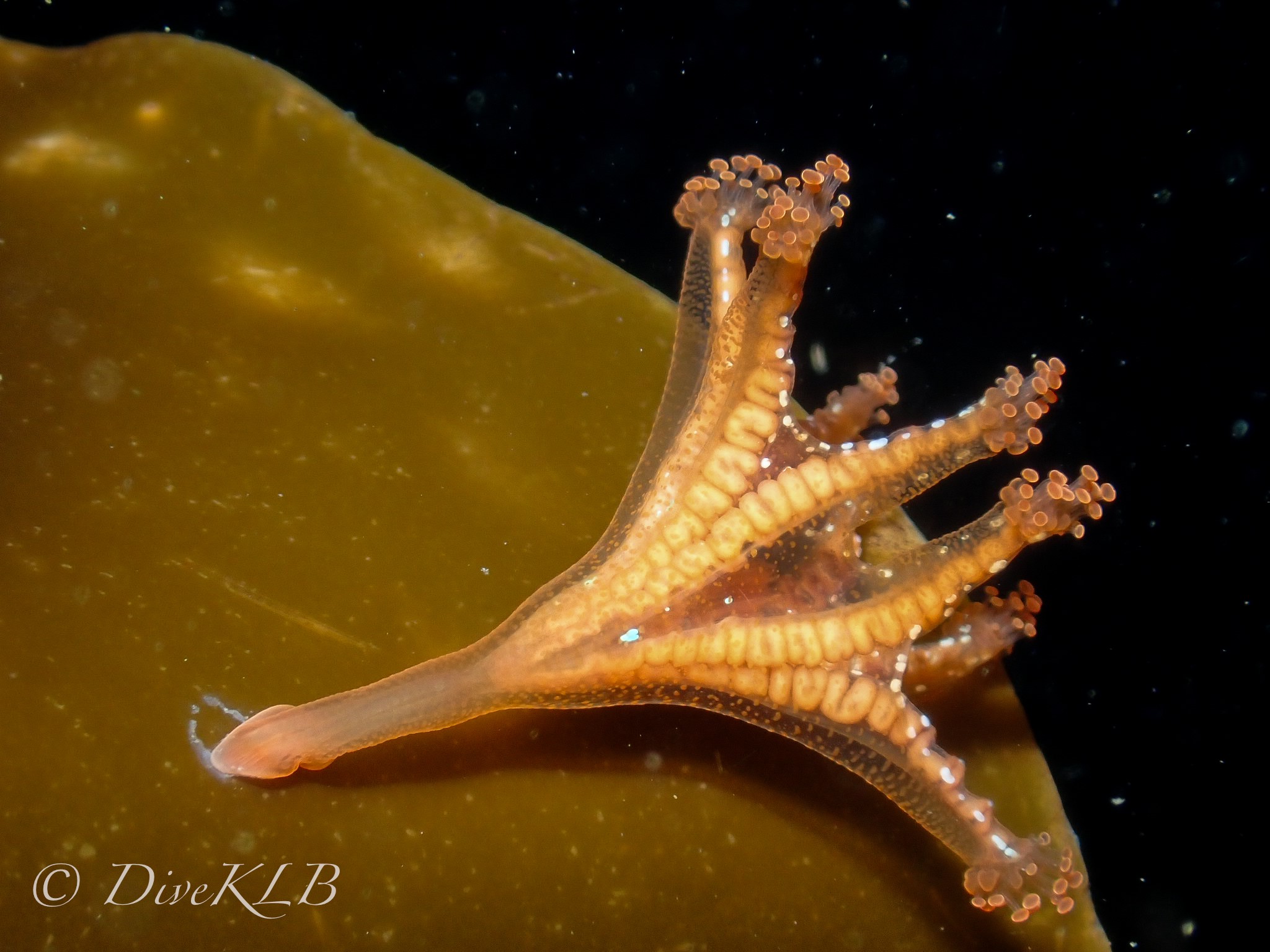 Here we have the stalk jellyfish. Characterised by its branch like appearance, it has a funnel-shaped bell, which can grow to around 4.5 cm in height.
Here we have the stalk jellyfish. Characterised by its branch like appearance, it has a funnel-shaped bell, which can grow to around 4.5 cm in height.
Stalk jellyfish are quite unique in that they stay attached to seagrass as opposed to floating freely. The larvae will crawl along the seabed looking for a safe place where they will settle before developing into their adult form.
Moon Jellyfish
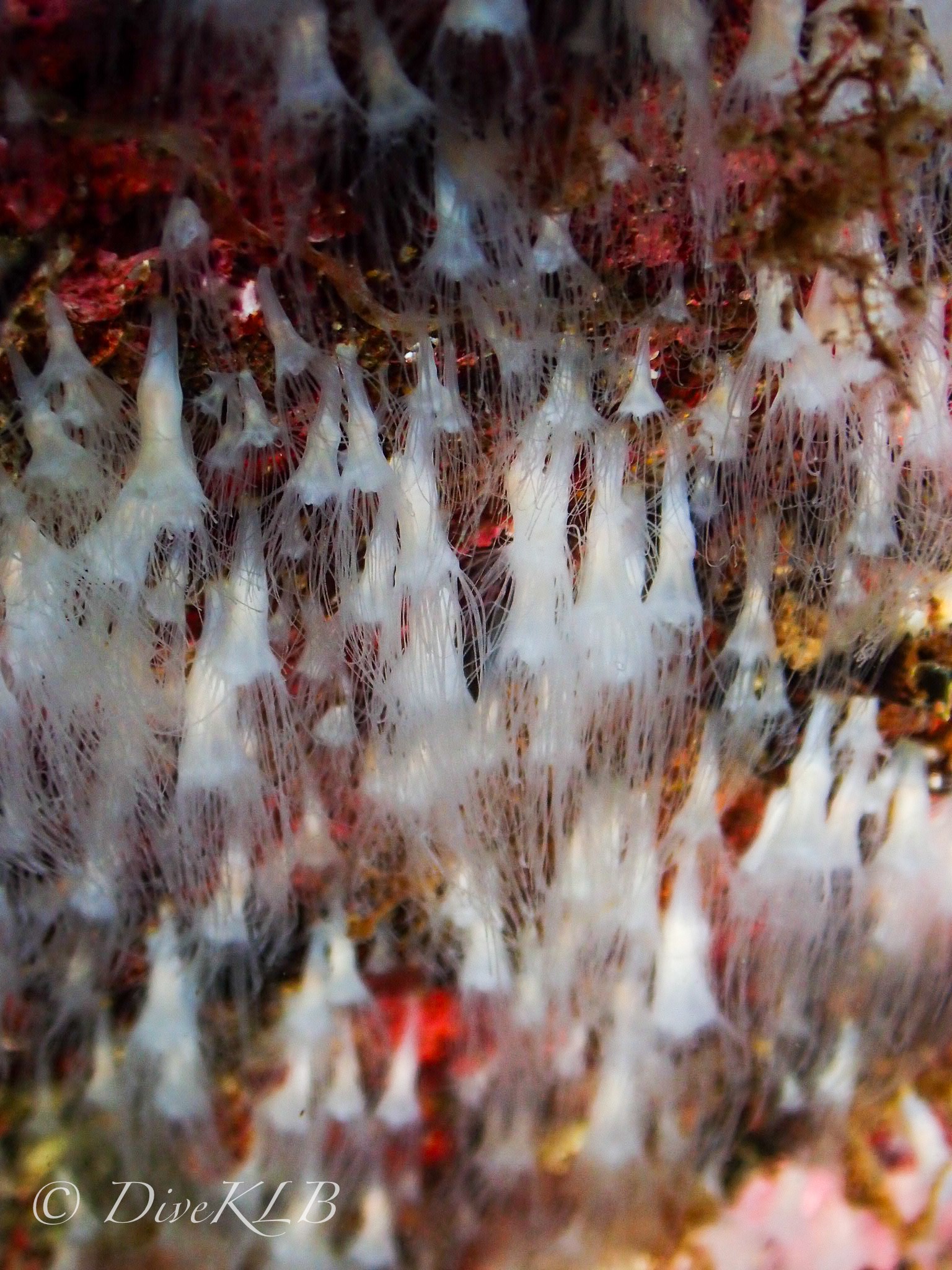
This image is of a number of moon jellyfish while in the polyp stage. The polyp stage can last for several months to a few years and during this time, they reproduce asexually by budding off genetically identical clones of themselves.
Moon jellyfish can be found all over the world and have a distinctive pattern of four circles. These four circles are actually gonads which are visible through their translucent bell. These reproductive organs are located at the bottom of the stomach, and they are normally purple in colour.
Lion's Mane Jellyfish
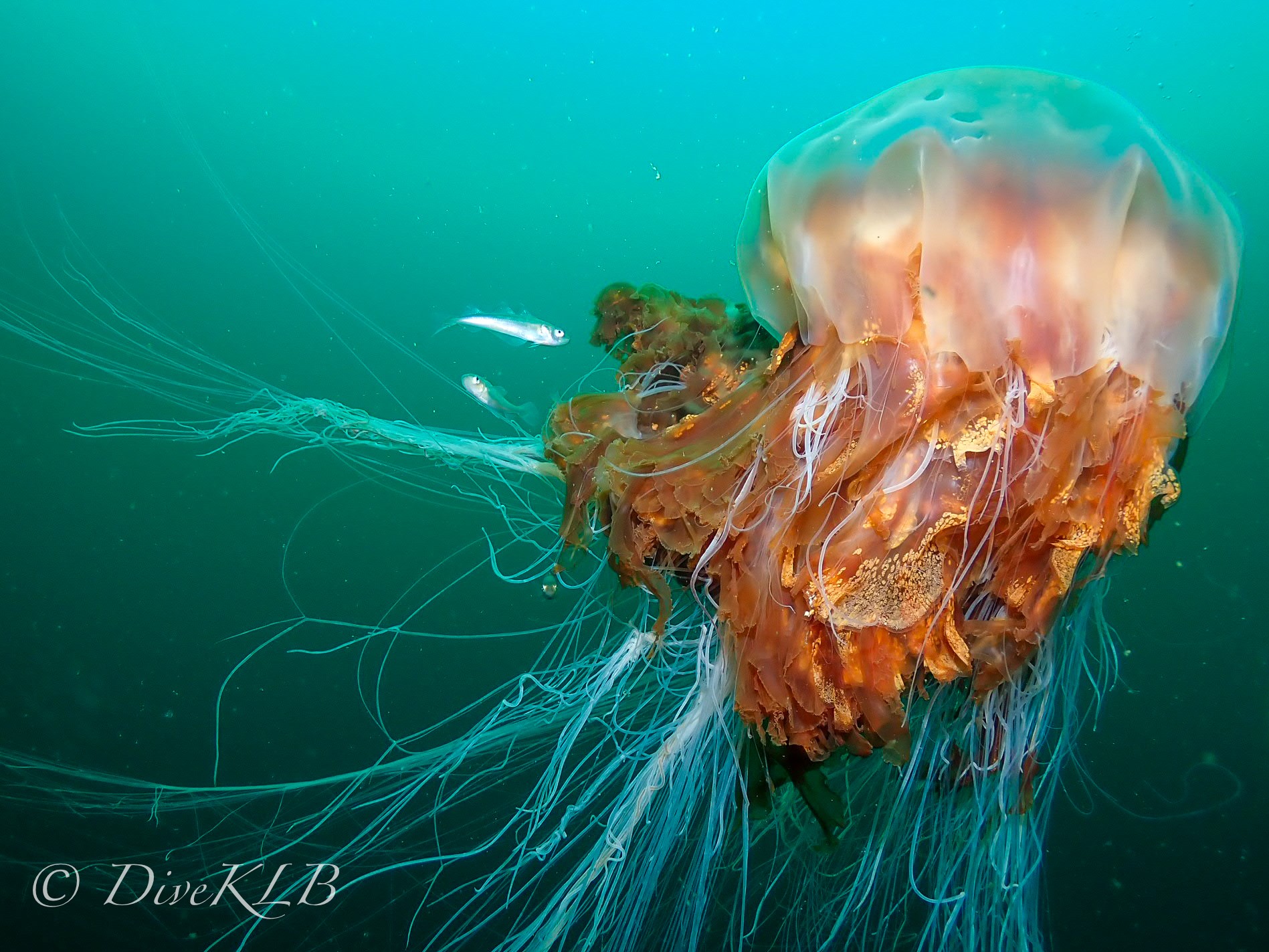
Next up is the lion's mane jellyfish, one of the most impressive looking jellyfish that can be found around Sandwood Bay.
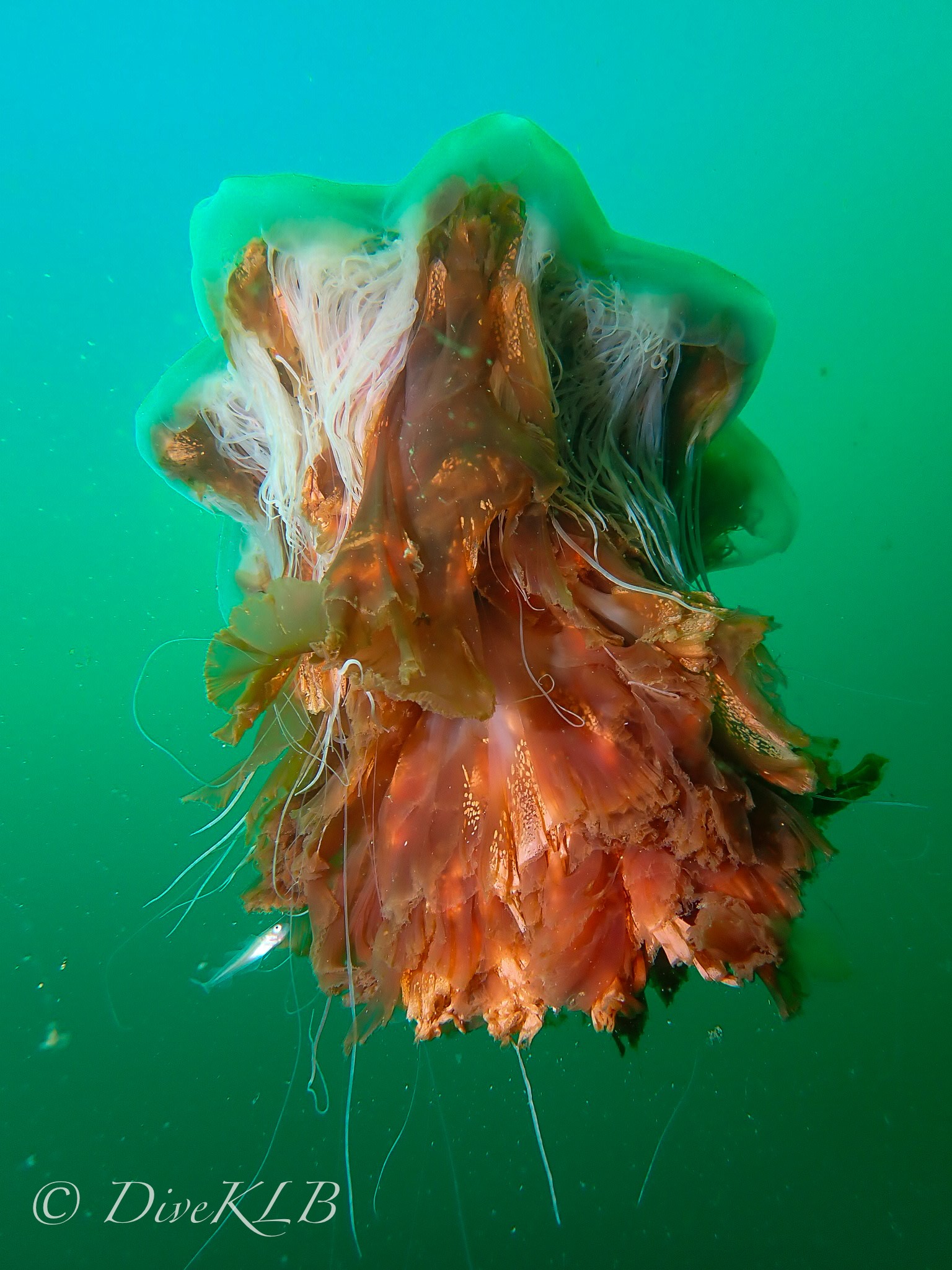
You can identify this beautiful species by their large, translucent brown, star shaped bell with thick, frilled reddish arms underneath. They also have a distinct mane of hundreds of long hair-like tentacles, the oldest of which are darker red in colour.
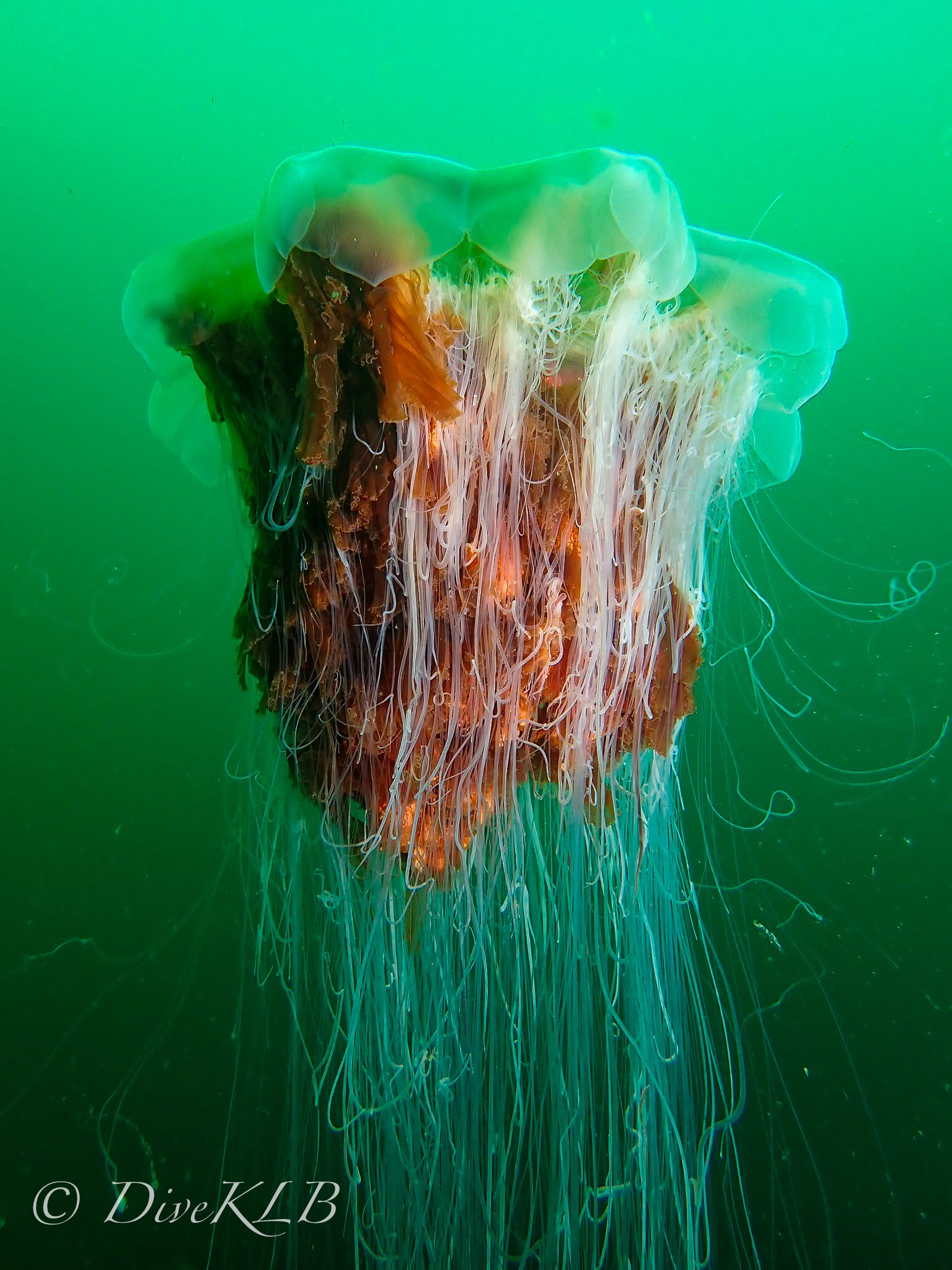
Their tentacles can reach a whopping 3m in length and are packed with a number of stinging cells to catch fish and other smaller jellyfish.
Did you know that this species also possess bioluminescent abilities, meaning it can glow in the dark underwater!
Compass Jellyfish
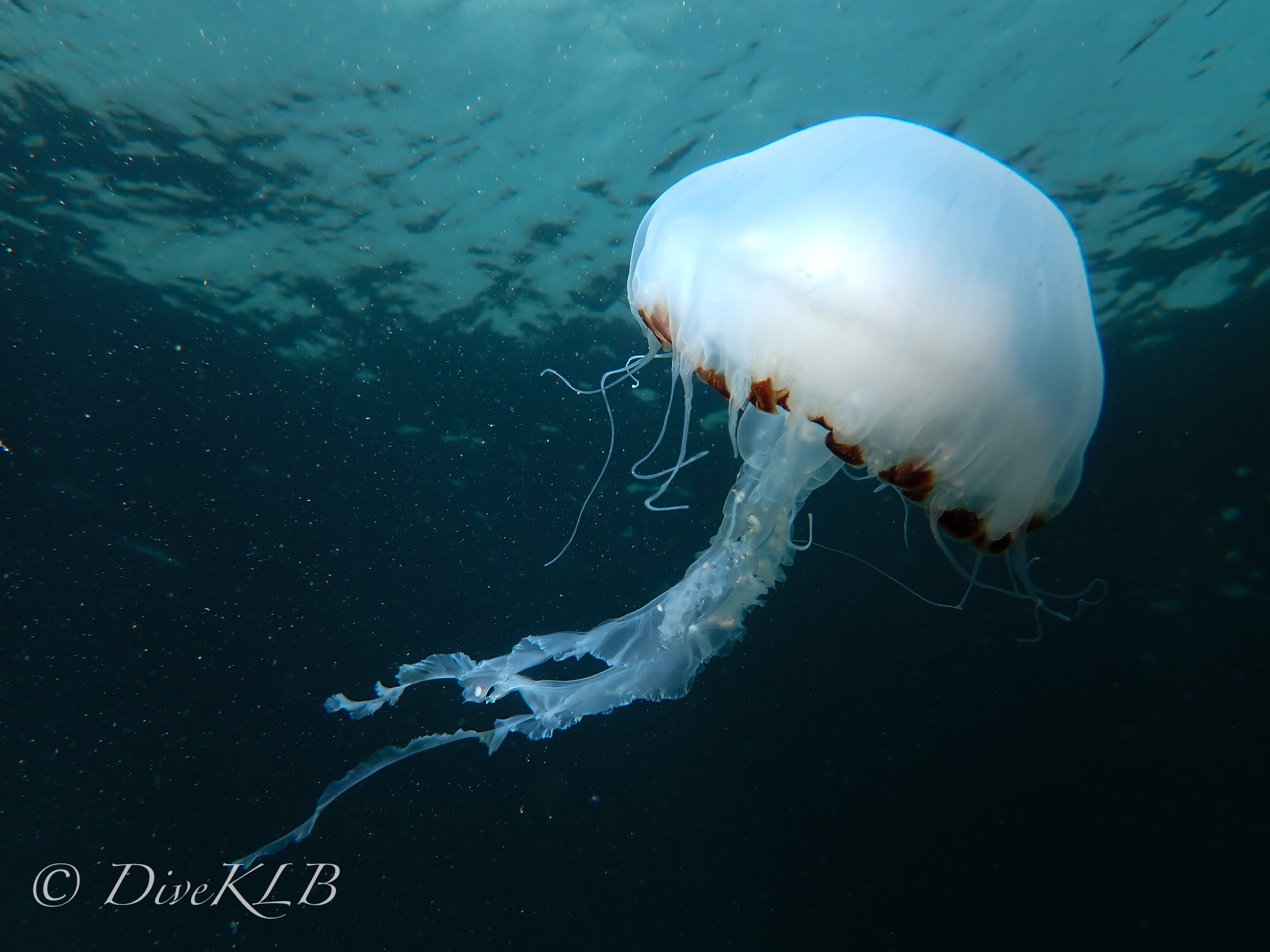 Last but certainly not least is the compass jellyfish. This species can be identified using the brown markings around the fringe and on the top of the bell. They can range in size from 15cm up to 30cm in diameter.
Last but certainly not least is the compass jellyfish. This species can be identified using the brown markings around the fringe and on the top of the bell. They can range in size from 15cm up to 30cm in diameter.
Once they have stung something, jellyfish can often leave tentacles behind which can continue to sting, even when its no longer connected to their body. Compass jellyfish have a very strong sting so it is best to give them a wide berth if you see them in the wild!
- Thank you to DiveKLB for sharing these fantastic photos with us!
- Have you been inspired by wild places in your photography? Why not enter your artwork into our Creative Freedom Exhibition call for a chance to be featured in our Wild Space in Pitlochry!

